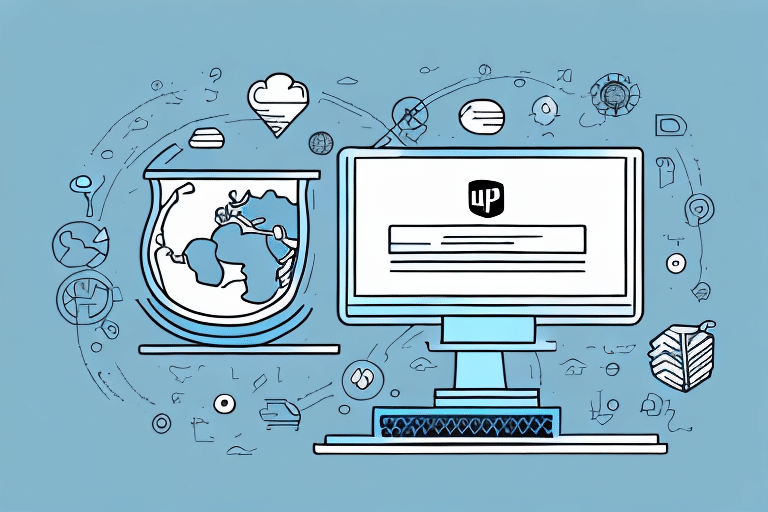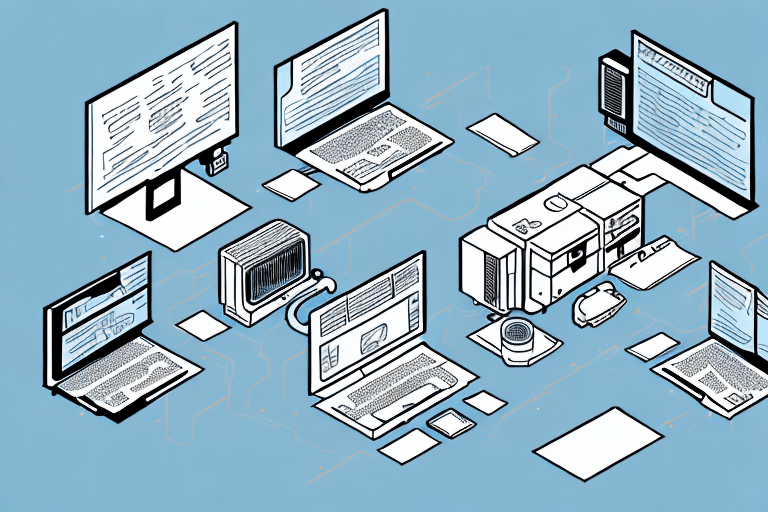How to Use UPS Task Scheduler When UPS WorldShip is Closed
In today's fast-paced business environment, time is of the essence, and every moment counts when it comes to shipping. While UPS WorldShip offers convenience and reliability, there are instances where it may be inaccessible due to network issues or maintenance. In such cases, the UPS Task Scheduler serves as an invaluable alternative. This article provides an in-depth analysis of UPS Task Scheduler, including its features, installation process, and tips for optimizing your shipping management.
Understanding UPS Task Scheduler
Key Features
UPS Task Scheduler is a free, standalone application compatible with both Windows and Mac platforms. It automates the creation and shipment of packages by executing predefined commands and actions, thereby saving time and reducing manual errors. Key features include:
- Automation: Streamlines the shipping process by automating label creation and shipment tracking.
- Integration: Seamlessly integrates with inventory management and customer relationship management (CRM) systems.
- Reporting: Generates customizable reports in formats like PDF and Excel for detailed analysis.
- Real-Time Tracking: Provides up-to-date information on package status and delivery confirmations.
Benefits of Using UPS Task Scheduler
Utilizing UPS Task Scheduler offers several advantages for businesses and individuals:
- Efficiency: Automates repetitive tasks, enabling the handling of hundreds of packages swiftly.
- Accuracy: Minimizes errors associated with manual data entry.
- Security: Ensures robust data management and secure handling of shipping information.
- Scalability: Suitable for businesses of all sizes, from small enterprises to large corporations.
Installing UPS Task Scheduler
System Requirements
Before installation, ensure your system meets the following requirements:
- Operating System: Windows 10 or later, macOS 10.15 or later.
- Internet Connection: Required for software functionality and updates.
- UPS Account: Active UPS account credentials.
Step-by-Step Installation Guide
- Visit the UPS Task Scheduler download page.
- Choose the appropriate version for your operating system.
- Run the installer and follow the on-screen prompts.
- Once installed, launch the application and sign in with your UPS credentials.
For detailed instructions, refer to the official UPS Task Scheduler Help Center.
Setting Up Your UPS Account
Configuring Account Details
After installation, setting up your UPS account within the Task Scheduler is crucial:
- Open UPS Task Scheduler and navigate to the Settings tab.
- Enter your UPS username and password in the Account section.
- If managing multiple accounts, click Add Account and input the necessary credentials for each.
- Click Save to store your account information securely.
Should you encounter any issues, consult the UPS Customer Support for assistance.
Using UPS Task Scheduler
Navigating the Interface
The UPS Task Scheduler interface is designed for user-friendliness and efficiency:
- Menu Bar: Access all available commands and options.
- Label Information Section: Enter shipping details such as address, package weight, and dimensions.
- Shipping and Billing Information: Input or select saved shipping and billing addresses.
- Navigation Buttons: Easily move between steps with previous and next buttons.
Creating and Scheduling Shipments
To create and schedule shipping labels:
- Select Create Shipment from the menu bar.
- Fill in the required fields, including shipping address, package details, and service type.
- Click Generate Label to create the shipping label.
- To schedule, choose Schedule Shipment and set the desired frequency and timing.
Automation through scheduling allows for consistent and efficient shipment processing.
Managing Shipment History
Tracking and Reporting
UPS Task Scheduler provides comprehensive tools for managing your shipment history:
- Shipment History: View, edit, or delete past shipments.
- Custom Reports: Generate reports on shipping activity, delivery confirmations, and more.
- Automatic Notifications: Receive alerts via email or SMS for status updates and delivery confirmations.
Utilizing these features helps in maintaining accurate records and monitoring shipping performance.
Troubleshooting Common Issues
Resolving Common Problems
While UPS Task Scheduler is robust, some issues may arise:
- Connection Errors: Ensure a stable internet connection and verify UPS server status.
- Label Printing Failures: Check printer settings and ensure compatibility.
- Software Crashes: Update to the latest version and restart the application.
For detailed troubleshooting steps, refer to the UPS Task Scheduler Troubleshooting Guide.
Maximizing Efficiency with UPS Task Scheduler
Advanced Tips and Tricks
- Automate Entire Shipping Processes: Use scheduling features to handle repetitive tasks without manual intervention.
- Set Default Preferences: Configure default shipping options to speed up label creation.
- Optimize Printer Settings: Ensure correct printer configurations to avoid label printing issues.
- Regular Software Updates: Keep UPS Task Scheduler updated to access the latest features and security enhancements.
- Leverage Reporting Tools: Analyze shipping data to identify cost-saving opportunities and process improvements.
Implementing these strategies can significantly enhance your shipping operations, leading to increased productivity and reduced costs.
Utilizing Reporting Capabilities
By generating detailed reports on your shipping activities, you can:
- Analyze Shipping Volume: Understand shipping patterns by destination, carrier, or service level.
- Monitor Expenses: Compare shipping costs against budgets to ensure financial efficiency.
- Identify Improvement Areas: Use data-driven insights to streamline processes and negotiate better rates.
For more information on optimizing shipping operations, refer to the UPS Technology Solutions.
Conclusion
UPS Task Scheduler is an essential tool for automating and optimizing your shipping processes, especially when UPS WorldShip is unavailable. Its robust features, ease of use, and integration capabilities make it a valuable asset for businesses aiming to enhance their logistics operations. By following the installation steps, setting up your account, and utilizing advanced tips, you can maximize efficiency and ensure reliable shipping performance.
In times when UPS WorldShip is down, UPS Task Scheduler ensures that your shipping needs are met without interruption. Embrace this tool to maintain seamless shipping operations and support your business growth.






















